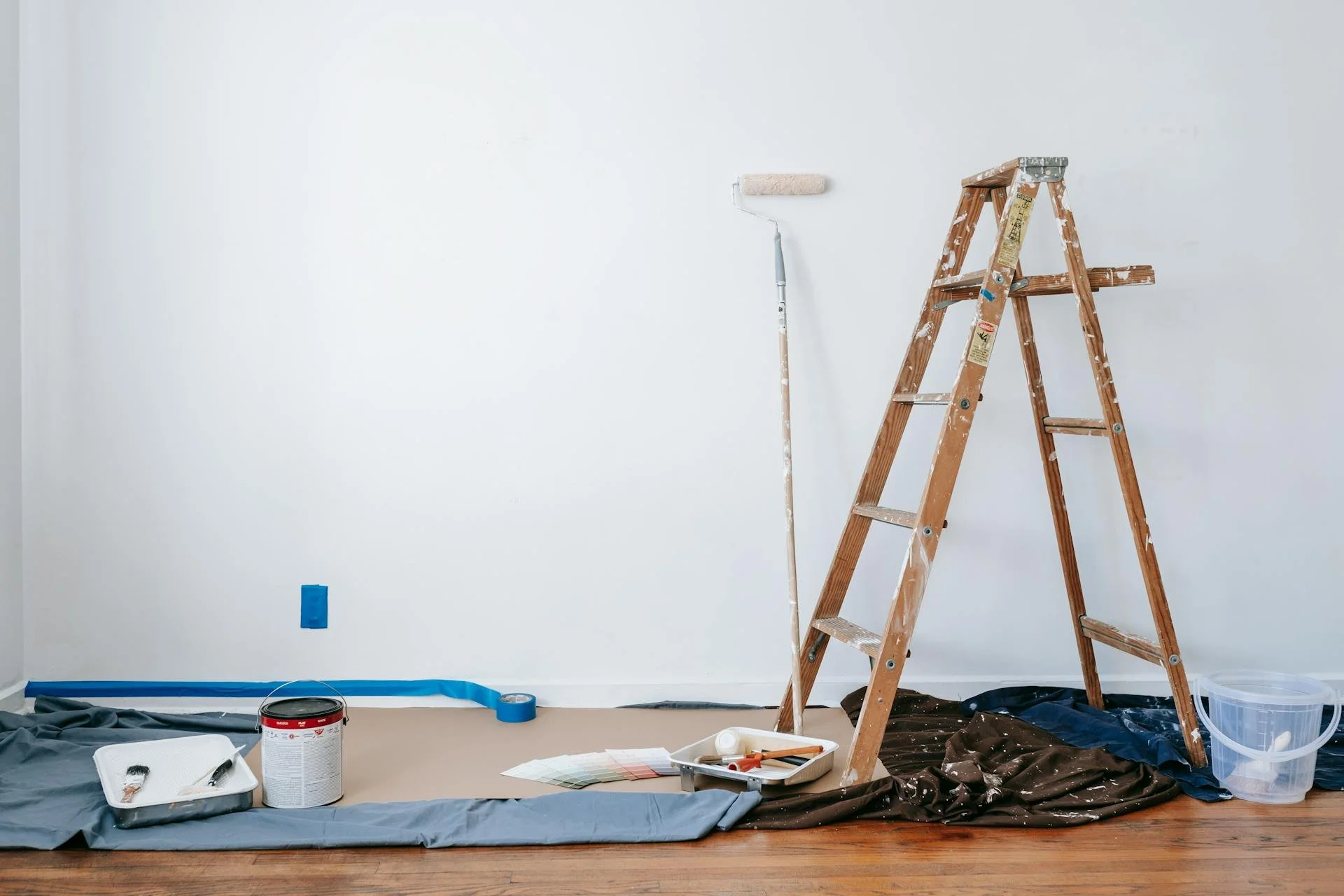
Accounting: How to budget for dilapidation repairs
It is important for tenants to make financial provisions for reinstatement works throughout the lease to avoid a financial shock when the lease ends.

Tenants: What to do when your business lease is coming to an end
Most tenants have the right to renew their business lease when it ends, but that decision is only one of many that should be considered. Here are six things to consider if your lease is due to expire.

Top 5 landlord dilapidations mistakes and how to avoid them
Many landlords weaken their position by making avoidable mistakes, from overestimating claims to failing to prepare evidence.

Top 5 tenant dilapidations mistakes and how to avoid them
Commercial property leases can be complex and that can result in commercial tenants facing expensive surprises at the end of their lease when they are issued with a bill for dilpaidations. Understanding common dilapidation issues and how to avoid them is crucial for tenants looking to save money, time, and stress when they move out of a property.

How can a commercial tenant reduce their dilapidations bill?
At the end of a tenancy, commercial tenants often face a unexpectedly large bill to return the property to an appropriate condition. Here are five ways a commercial tennant can reduce their dilapidations bill.

A guide to Dilapidation disputes and claims
Most dilapidations disputes are due to disagreements over interpretation of the leases clauses, the condition of the property, the costs of the remedial work, or procedural failures. However, dilapidations are also sometimes used tactically by landlords to gain leverage in lease renewal or exit negotiations.

Going green: Are sustainable dilapidations possible?
The current practices of dilapidations are inherently wasteful, due to the lease cycles of Cat A and Cat B fit-outs, but a greener future is possible.

How to avoid dilapidations disputes
Dilapidations claims can be expensive. The amount claimed can often be more than the cost of 12 months’ rent, including the costs of reinstatement, redecoration and repair as well as any legal fees.

